Our day Trip
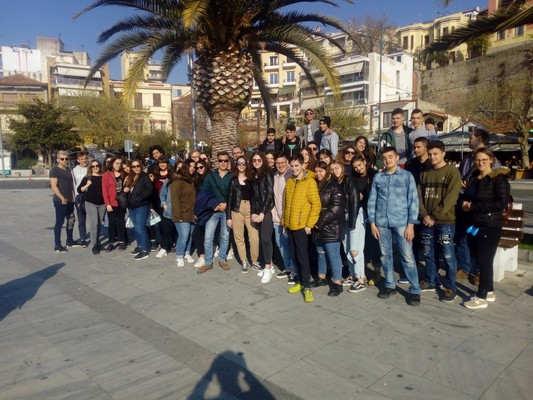
During this trip, we visited Lake Vistonida, St George’s church in Porto Lagos and we had a guided tour of the archaeological site in Philippi, the most important archaeological site in Eastern Macedonia. The site was originally colonized by the people of Thasos, who, aware of the area's plentiful supplies of precious metals, timber, and agricultural products, established the city of Krinides in 360 BC. Soon after its establishment, however, Krinides was threatened by the Thracians (365 BC) and turned to King Philip II of Macedon for help. Realizing its economic and strategic potential, Philip conquered, fortified, and renamed the city after himself. Hellenistic Philippi had a fortification wall, a theatre, several public buildings, and private houses. The construction of the Via Egnatia through the city in the second century BC made Philippi an important regional centre. The dramatic battle of Philippi, which took place outside the west city walls in 42 BC, was a turning point in the city's history. The city was conquered by Octavian and renamed Colonia Augusta Julia Philippensis. The new Roman colony developed into a financial, administrative, and artistic centre.
The activity is rendered success, as the average evaluation scores on the part of both teachers and students produced an aggregate result of:
good 16,7% (23,5%) and excellent 83,3% (76,5%) correspondingly.

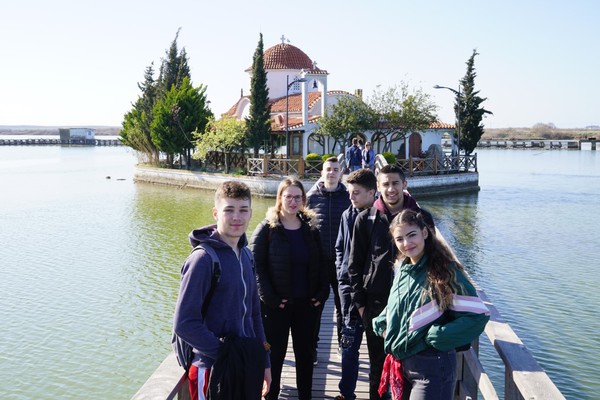

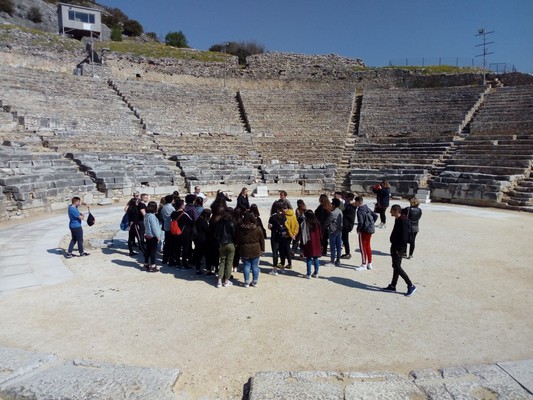
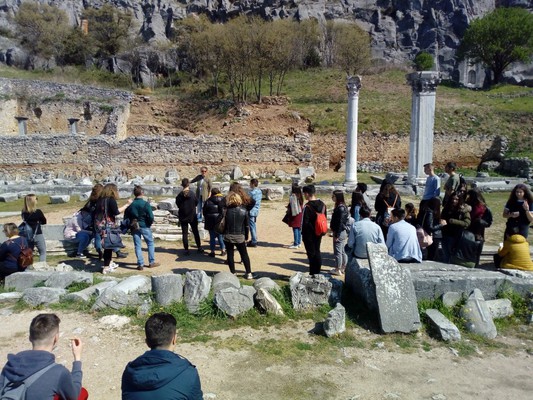
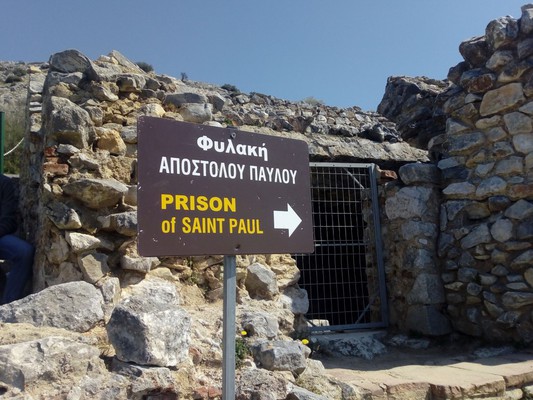
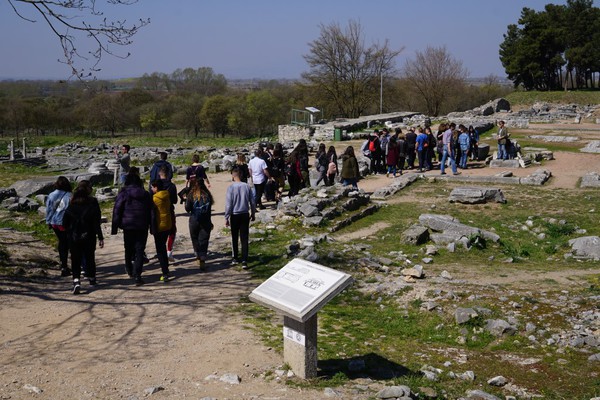

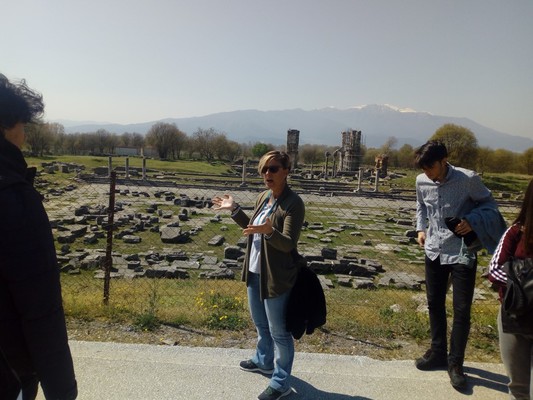
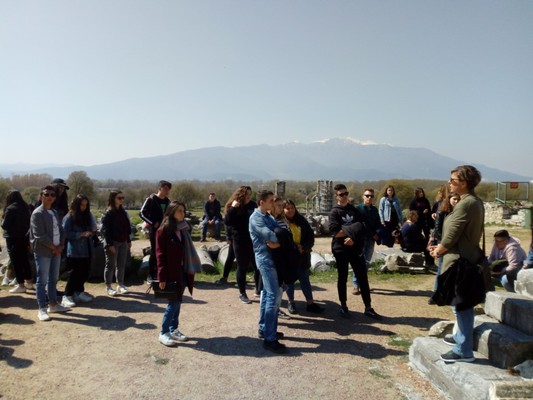
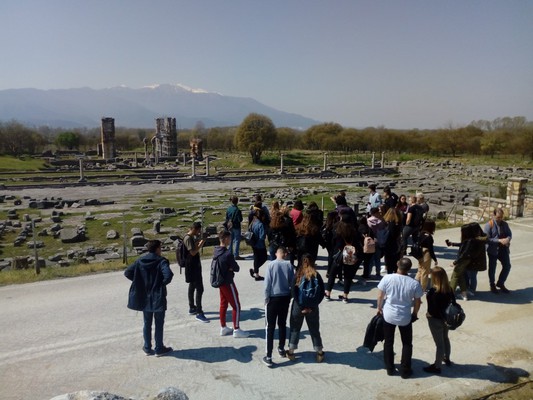

Afternoon trip to Xanthi
On Thursday 28th afternoon we visited The Old Town of Xanthi which is known throughout Greece for its distinctive architecture, combining many Byzantine Greek churches with neoclassical mansions of Greek merchants from the 18th and 19th centuries and Ottoman-era mosques. We walked through the alleys of the Old Town, giving visitors an insight into the history of its major landmarks. We also visited Manos Hatzidaki’s (famous Greek composer) House and the house of the shadows (both students and teachers enjoyed it).
The activity is rendered successful, as the average evaluation scores on the part of both teachers and students produced an aggregate result of good 16,7% (17,6%) and excellent 83,3% (82,4%) correspondingly.